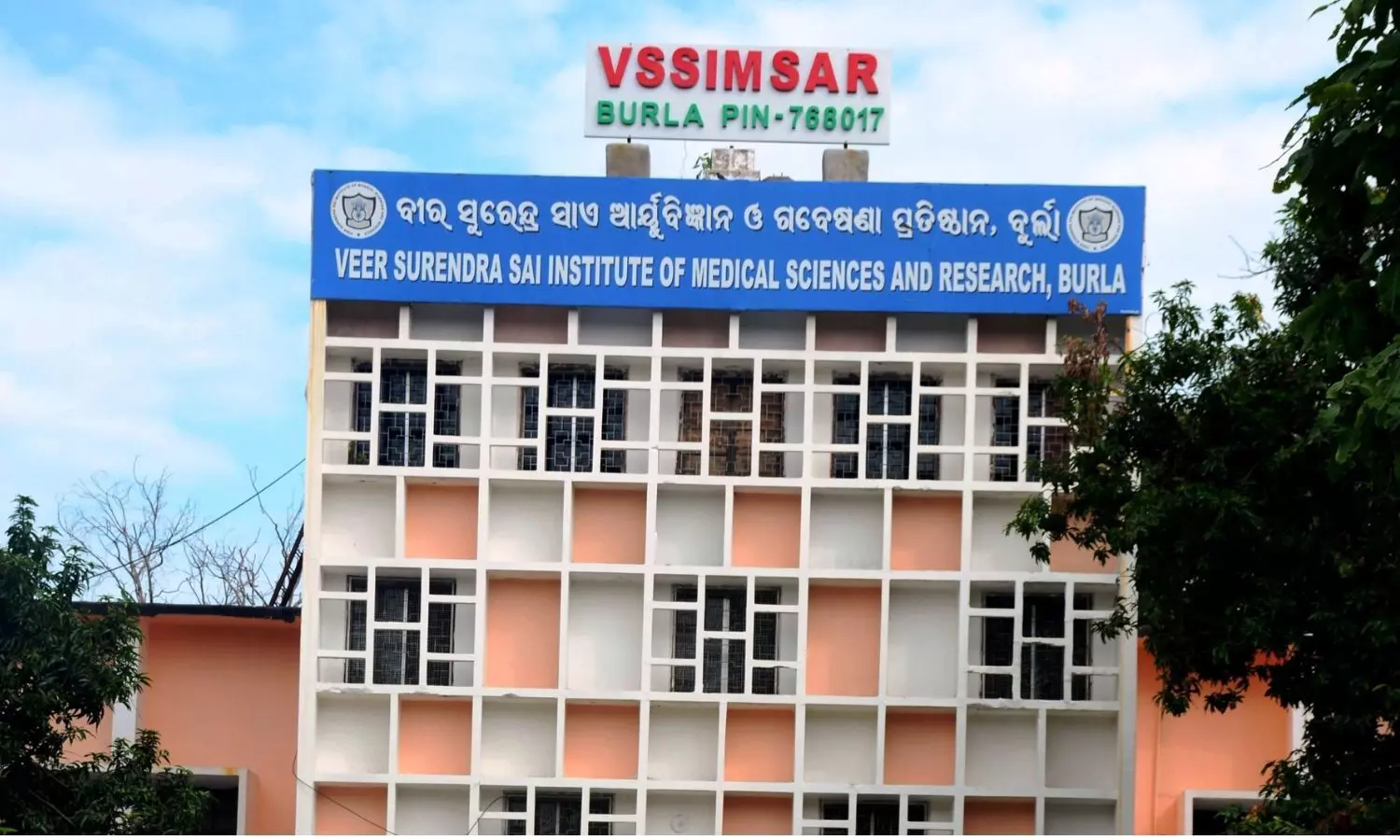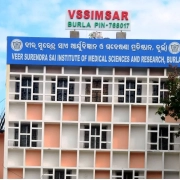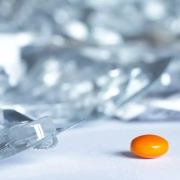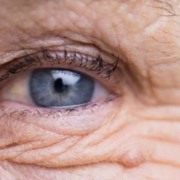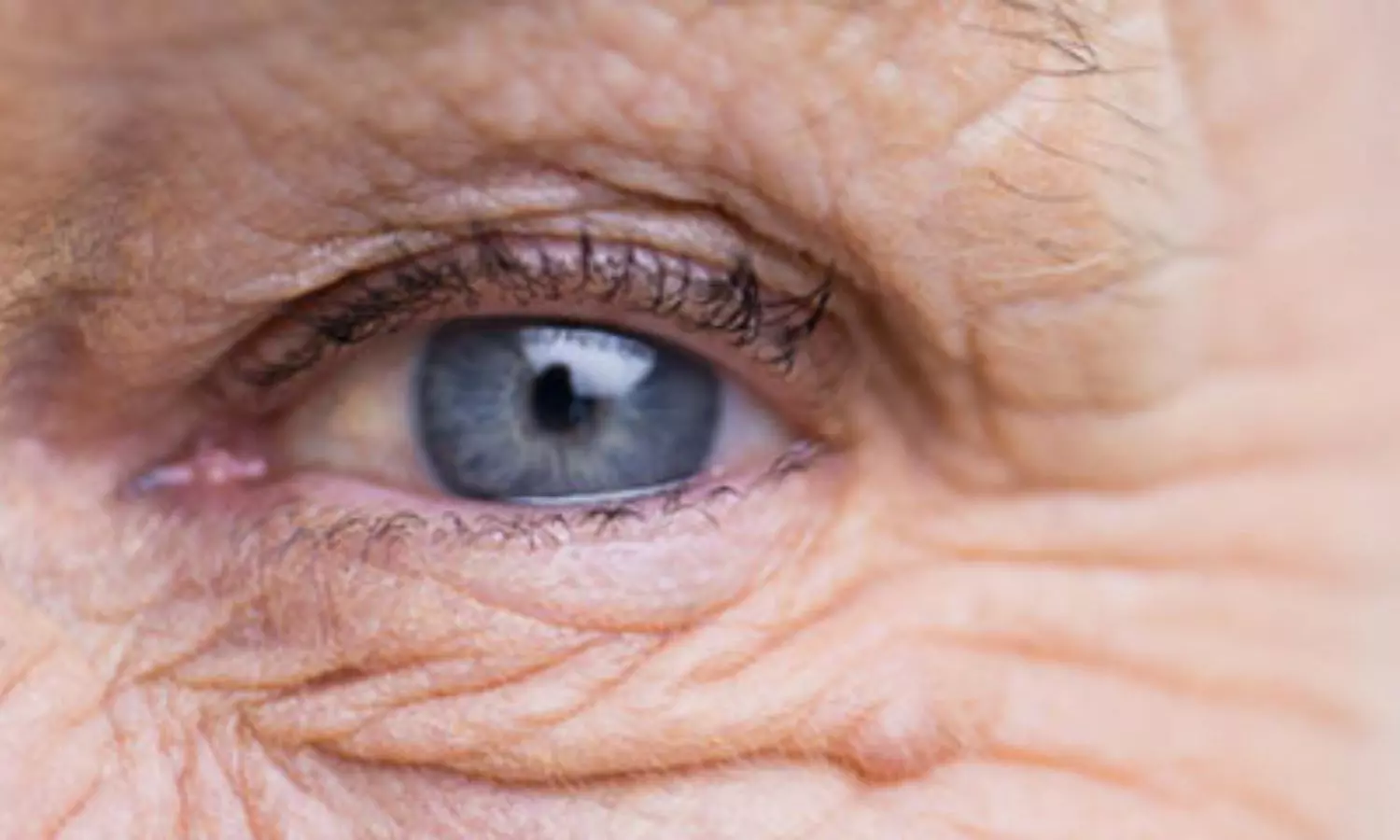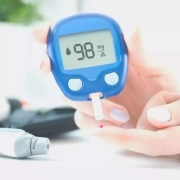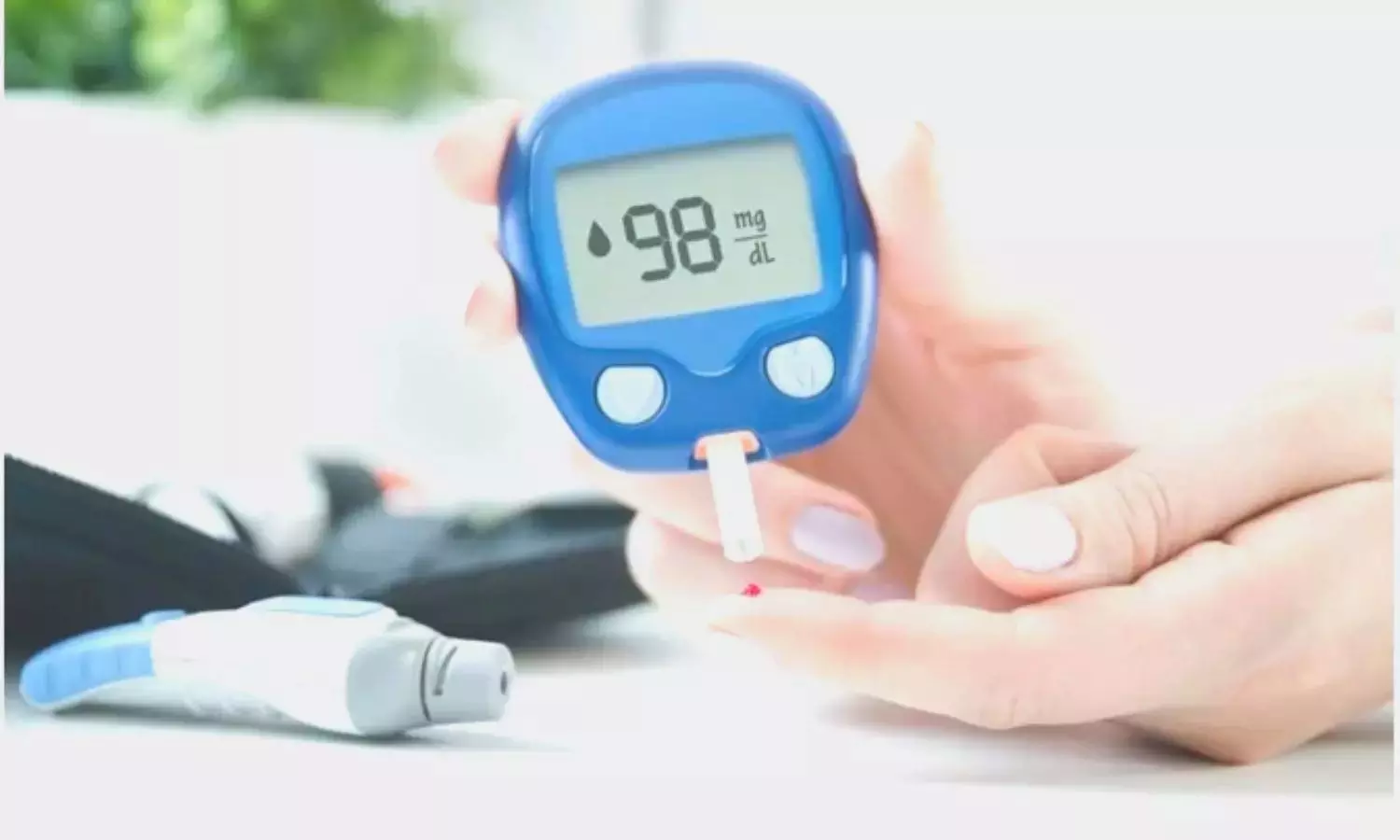
Lisocabtagene maraleucel (liso-cel), a CAR T-cell therapy, is a cost effective second line treatment for relapsed and refractory (hard to treat) diffuse large B-cell lymphoma (r/r DLBCL), according to a study published today in Blood Advances. The study is the first of its kind to incorporate healthcare expenses, societal productivity losses, and patient quality of life in assessing the drug’s cost-effectiveness.
“In our study, we incorporated the often-overlooked societal costs associated with cancer treatment, which are typically neglected in cost-effectiveness analyses that focus solely on the healthcare sector related-expenses,” explained Mohamed Abou-el-Enein, MD, PhD, MSPH, an associate professor of medicine at the Keck School of Medicine at the University of Southern California and the senior author of the study. “Cancer treatments can diminish quality of life, causing work absences and challenges in managing everyday activities, especially among the elderly. Treatments that improve quality of life not only benefit the patient but also reduce these broader societal costs, which is an important aspect of our cost-effectiveness evaluation.”
DLBCL, the most prevalent form of non-Hodgkin lymphoma, is a cancer that affects lymphocytes, a type of white blood cell. In cases where DLBCL does not respond to initial treatment or recurs within 12 months after treatment completion, the standard care protocol typically includes platinum-based chemotherapy, followed by high-dose chemotherapy and autologous stem cell transplantation. In 2022, the U.S. Food and Drug Administration (FDA) granted approval to liso-cel as a second-line treatment for DLBCL. However, the cost-effectiveness of liso-cel is currently a topic of debate among oncologists, especially considering the drug’s steep price tag which increased from $410,300 to $447,227 between 2022 and 2023.
In this study, researchers performed a cost-effectiveness analysis of liso-cel for treating r/r DLBCL using a partitioned survival model, a common economic tool for assessing medical treatments across various stages of disease progression. They found that patients treated with liso-cel had an average life expectancy of 5.34 years and gained 3.64 quality-adjusted life years (QALYs), compared to the 2.47 years and 1.62 QALYs with standard care (SC). The cost-effectiveness of liso-cel, measured by the incremental cost-effectiveness ratio (ICER), was $99,669 per QALY from a healthcare sector perspective and $68,212 per QALY from a societal perspective. The ICER evaluates the additional cost required for each QALY gained, assuming a societal willingness to pay up to $100,000 per QALY. These figures indicate that liso-cel is a cost-effective treatment, staying below the $100,000 per QALY threshold.
An important aspect of the study is its modeling based on outcomes from the TRANSFORM trial, the pivotal study assessing the cost-effectiveness of liso-cel in second-line treatment. This approach closely mirrors the patient population from the TRANSFORM trial, thereby reducing bias in the results. The patient demographic typically involving patients aged 60, with a majority (57%) being male, and all having r/r DLBCL with a relapse occurring within 12 months of initial treatment. The treatment regimens were consistent with those used in the TRANSFORM trial.
Direct medical costs included in the analysis were comprehensive, covering CAR T-cell therapy procedures, chemotherapy, stem cell transplant, hospital admissions, ongoing monitoring, management of disease progression, and end-of-life care. This also encompassed the costs associated with treating adverse events. These costs were derived from published literature and public datasets. Societal costs considered lost productivity, including lost labor market earnings, the value of unpaid productivity and household activities, and out-of-pocket travel expenses. Notably, in terms of mortality-related lost labor earnings, liso-cel was associated with a loss of $110,608, which is lower than the $156,362 for SC. Additionally, both unpaid productivity loss and uncompensated household production costs were comparatively lower for liso-cel. These findings indicate that liso-cel offers economic benefits by reducing losses in both paid and unpaid labor sectors, compared to SC.
The authors’ strict adherence to data from the TRANSFORM trial brings about a limitation in their study due to the lack of long-term follow-up data to be incorporated in their cost-effectiveness analysis. Moreover, the scenario analyses conducted, which looked at various time horizons, utility values, and list prices, reveal that maintaining liso-cel cost-effective at the $100,000 per QALY threshold might pose a challenge. This underlines the critical need to manage liso-cel’s costs effectively to ensure its affordability and economic sustainability.
Looking ahead, Dr. Abou-el-Enein explains that their objective is to continue evaluating the cost-effectiveness of various CAR T-cell therapies. This information is crucial for making informed decisions about reimbursements and their integration into the healthcare system. He also stresses the significance of ongoing dialogue among clinicians, researchers, pharmaceutical manufacturers, and patients concerning the escalating costs of CAR-T cell therapy.
“This study demonstrates that CAR T-cell therapy is worth considering as a second line treatment for r/r DLBCL,” Dr. Abou-el-Enein said. “When deciding on what therapies to use in clinical practice, I think it is important that we do not shy away from these therapies solely because of their list price. We must keep our patients front and center in these decisions and continue to have conversations about how we can lower the price of CAR T-cell therapy and increase patient access to this life-saving treatment.”
Reference:
Jee H. Choe, Tianzhou Yu, Jeremy S Abramson, Mohamed Abou-el-Enein, Cost-Effectiveness of second-line lisocabtagene maraleucel in relapsed or refractory diffuse large B-cell lymphoma, Blood Advances, https://doi.org/10.1182/bloodadvances.2023011793.
